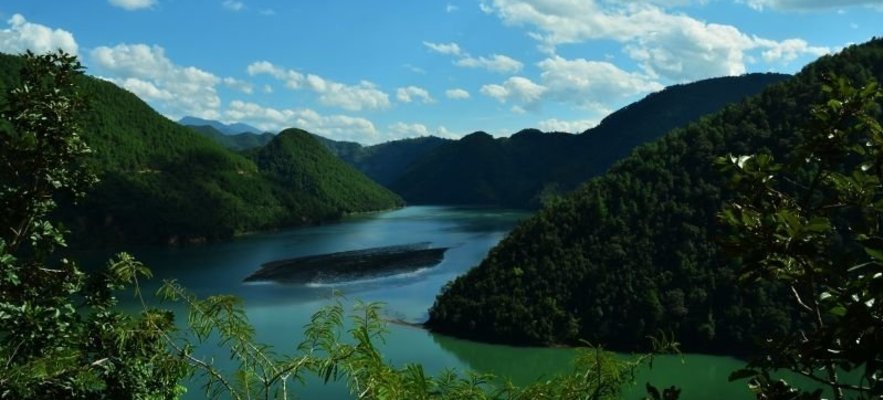This new perspective is a great way to showcase the amazing landscapes, the astonishing heritage, and the rich traditions of the Greater Mekong Subregion (GMS) in Southeast Asia. At 4,350 km (2,703 miles), the Mekong is the longest river in south-east Asia, as well as being the most cosmopolitan. It passes through more countries than any other river in Asia. In the Yunnan Province of China, the river is known as the Lancang, and its tributaries are confined by narrow, deep gorges as they race down from the high-altitude Tibetan Plateau. Up here above 5,000 metres, and some 5,000 km from the South China Sea, are some of the real jewels of the mighty Mekong. Around the mixed Tibetan-Christian settlement of Cizhong for example, the steep mountain slopes are littered with tiny white villages surrounded by golden terraced corn fields. Nearly two hundred years ago, the first Swiss and French missionaries were sent here to the upper reaches of the river to find a route into Forbidden Tibet. Many were murdered by crazed, xenophobic lamas, but that still did not stop them from constructing churches and planting wineries. Even Moet-Chandon has recently opened new vineyards in the region and the Catholic churches are still popular tourist sites.
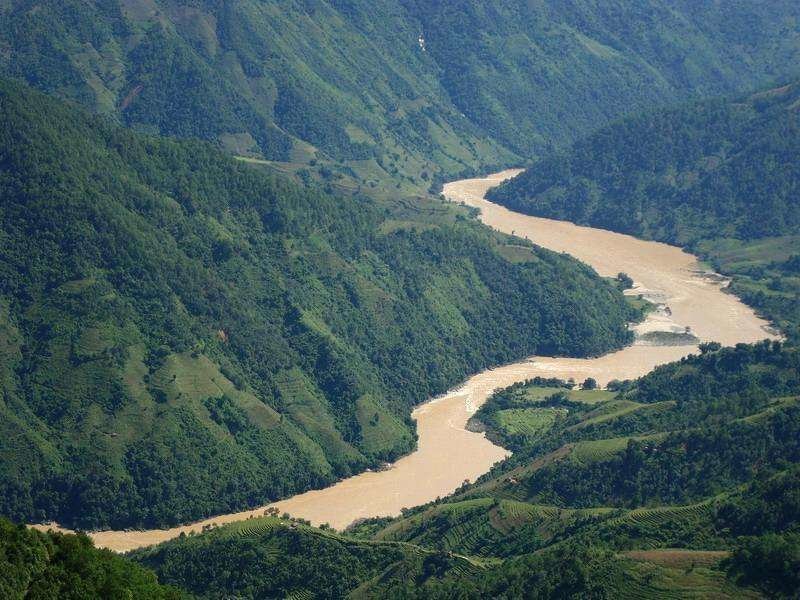
The locals here farm every inch of flat land making camping particularly difficult. Fortunately, there are more and more eco-lodges and boutique hotels opening in this breathtaking countryside. One of the most well-established is the Cizhong Songtsam Lodge, where the terraces of the Tibetan style guestrooms look out onto views straight out of Lost Horizon or Black Narcissus. Up here in the Tibetan borderlands of the Himalayas, you do not need a drone to take spectacular aerial shots. Sheer cliffs peer down onto raging rapids, and just a few miles away, the world-famous Tiger Leaping Gorge has carved out a route that is three times as deep as the Grand Canyon.
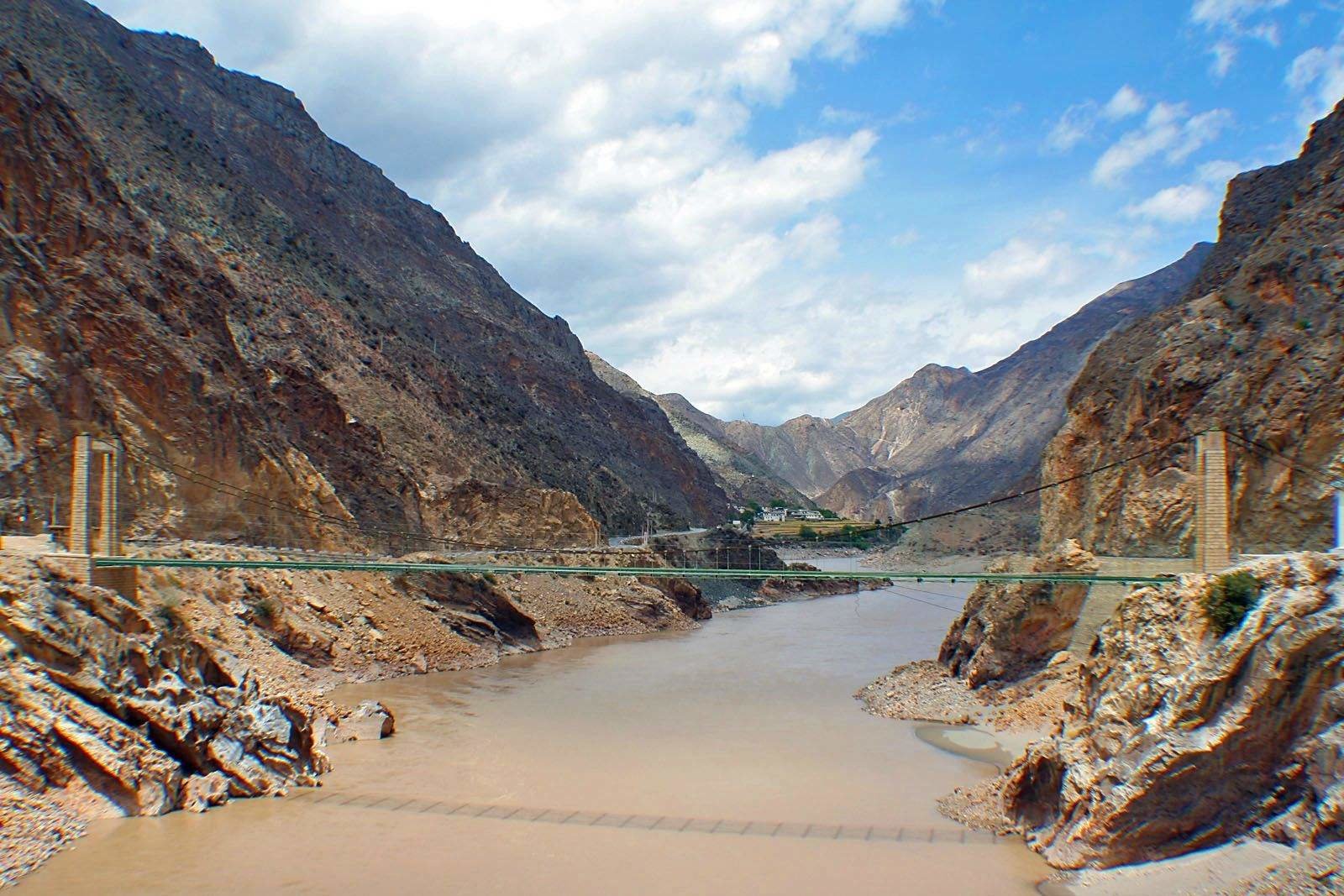
Travelling further south along one of the bio-diverse regions on the planet, the river changes distinctly. The deep gorges open out into wide valleys and spectacular floodplains, where drones really come into their own. Around the Tea Horse Trail city of Simao, the river is flanked by the plantations of striking tea terraces, while down at Xishuangbanna the river banks disappear into think dense rainforest. Once it flows past the infamous Golden Triangle, it meanders onto Luang Prabang, the former royal capital of Laos, the current capital Vientiane, Siem Reap, gateway to Angkor and Phnom Penh, the capital of Cambodia, before it drains into the delta around Saigon.
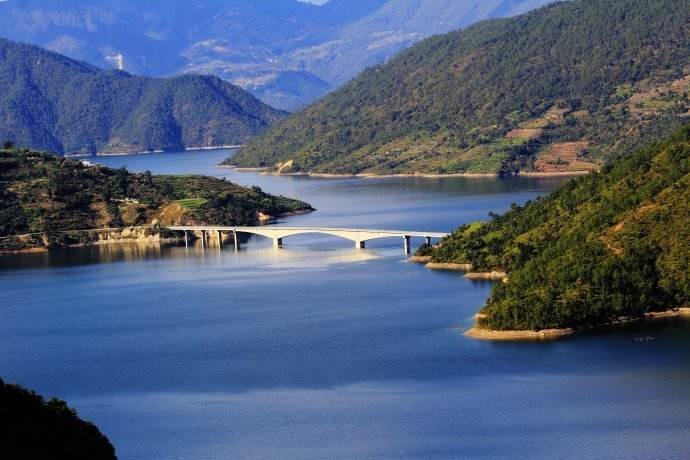
Aerial photos and videos can be posted on their own Instagram, Twitter and/or YouTube accounts by tagging the posts with MekongMoments, MekongFromAbove, and Country from December 1st, 2018, until March 31, 2019. Qualifying photos and videos will be aggregated via a feed into the official campaign website www.mekongfromabove.com, where public voting will determine the Public Choice Award. The Editor’s Choice Award is determined by an expert panel of photographers, travel and tourism executives, bloggers, and media, chaired by Mr. Jaffee Yee, CEO of Knowledge Media Group Thailand (KMG), the co-organiser and initiator of the “Mekong From Above” contest.
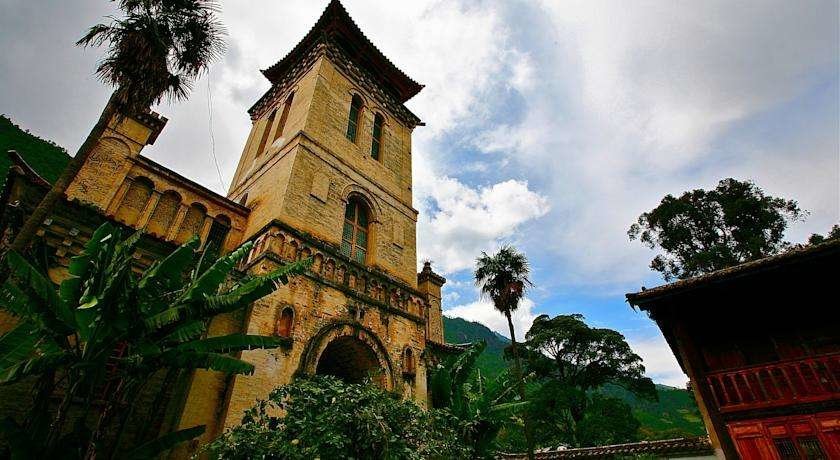
Ahead of the contest’s final result in April 2019, 180 photo entries will be shortlisted and featured in a special-edition ‘Mekong From Above’ book published by Knowledge Media Group. Additionally, select and inspiring photos, at the consent of each participant, may also be showcased in a number of regional and international exhibitions including one at the 2019 Mekong Tourism Forum in Dali, PR China from May 21-22. Prizes for the contest include airline coupons and hotel vouchers as well as meals, spa treatments and other luxuries from some of the most outstanding properties in the region.
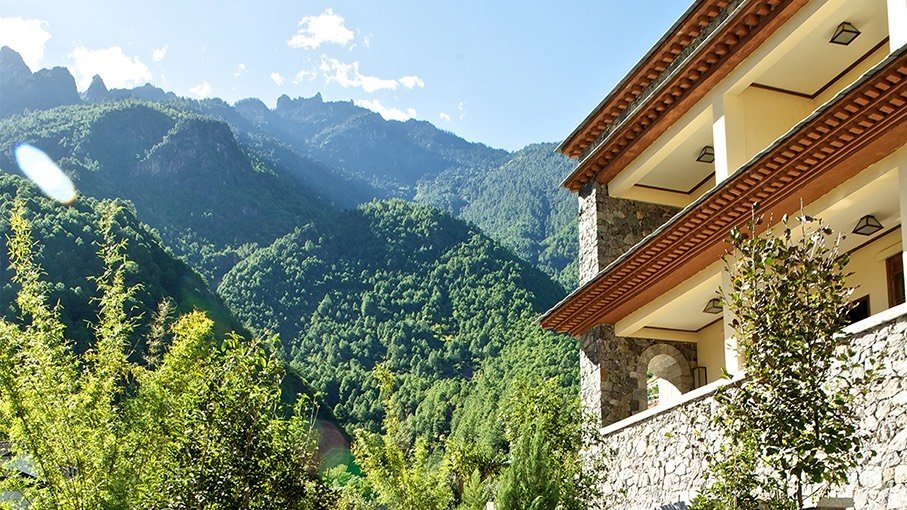
- 166 reads
- Like this






